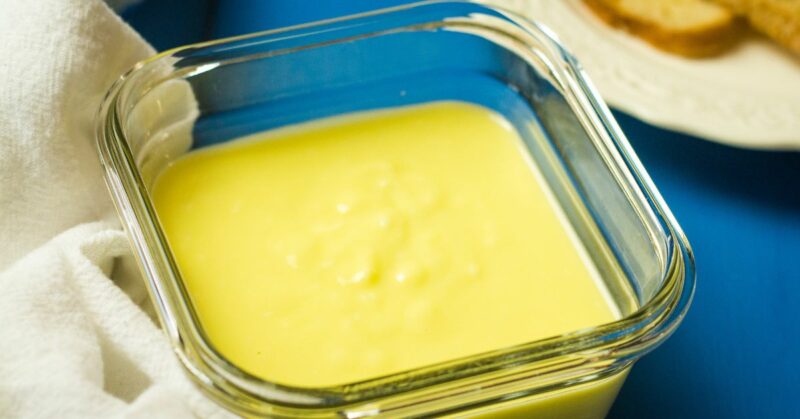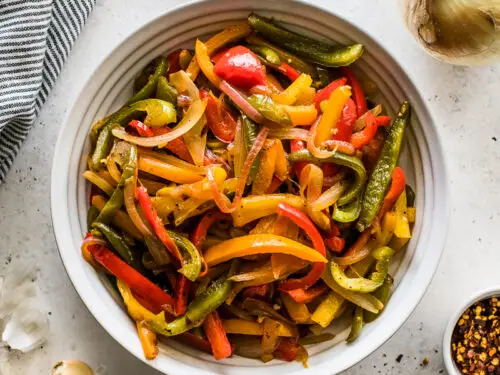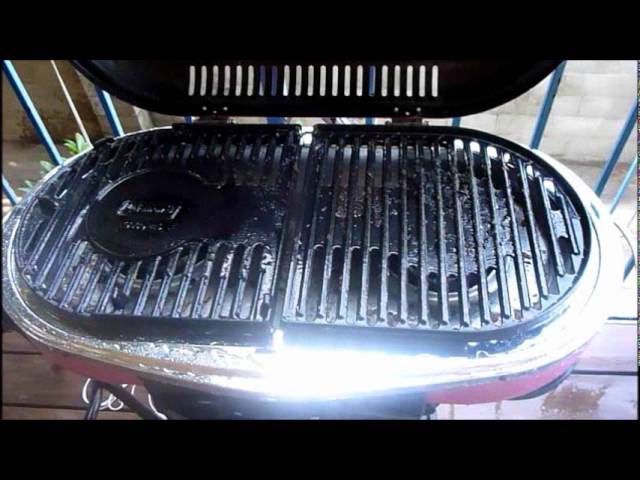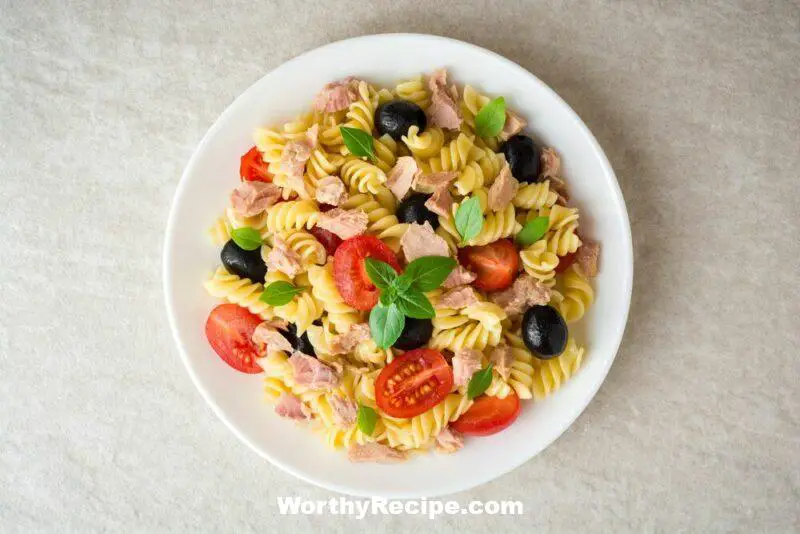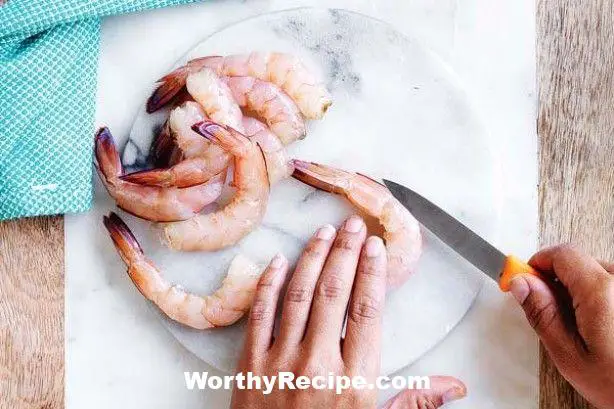Do you want the benefits of both olive oil and butter when cooking your favorite meals? The good news is that you can mix them together when frying! While the combination may seem unconventional, it brings out the best in each ingredient.
Understanding the Science Behind Cooking Oil
Before diving into the specifics of combining olive oil and butter when frying, it’s important to understand the science behind cooking oil. When heated, all oils undergo chemical changes, which ultimately affect their taste, smell, and nutritional composition. One crucial factor to take into consideration when selecting cooking oils is their smoke point – the temperature at which oil begins to smoke and break down. A low smoke point leads to unpleasant flavors and even potentially harmful compounds forming.
Importance of Smoke Point When Frying Food
The smoke point plays a major role in determining how suitable an oil is for frying. When foods are fried at high temperatures, they release moisture, which then mixes with the oil. If the oil has a low smoke point, this moisture will cause the oil to break down quickly, leading to unpleasant flavors and potentially dangerous compounds forming. Additionally, lower smoke point oils can’t handle the high heat necessary for many frying techniques without breaking down, making them unsuitable for frying.
Smoke Points of Popular Oils
- Extra-Virgin Olive Oil: 325-375 degrees Fahrenheit (165-190 degrees Celsius)
- Coconut Oil: 350 degrees Fahrenheit (177 degrees Celsius)
- Peanut Oil: 450-500 degrees Fahrenheit (232-260 degrees Celsius)
- Grapeseed Oil: 420 degrees Fahrenheit (215 degrees Celsius)
Benefits and Drawbacks of Olive Oil
Olive oil is a popular cooking oil with numerous health benefits. It’s rich in healthy fats and antioxidants that help protect the heart, reduce inflammation, and even improve brain function. However, it has some drawbacks when it comes to high-heat cooking.
Nutritional Value and Health Benefits of Olive Oil
Olive oil is high in monounsaturated fats – the good kind of fat that helps improve heart health by lowering “bad” LDL cholesterol while raising “good” HDL cholesterol levels. Additionally, olive oil contains many powerful antioxidants that protect your cells against the harmful effects of free radicals. These compounds have been linked to a reduced risk of chronic diseases, such as cancer and diabetes.
Drawbacks of Using Olive Oil for Cooking
While there are numerous benefits to using olive oil for cooking, it also has some drawbacks. One issue is its relatively low smoke point compared to other oils. Heating olive oil beyond its smoke point leads to a change in its chemical structure, which can create harmful compounds. Additionally, overheating olive oil can cause it to break down and spoil more quickly.
Overview on Butter as a Cooking Fat
Butter is a staple ingredient in many recipes, providing flavor and richness to dishes. While it’s often viewed as an unhealthy ingredient due to its high saturated fat content, it does offer some essential nutrients.
Types of Butter Used in Cooking
- Salted Butter: this type of butter contains added salt, making it perfect for cooking savory dishes or adding flavor to desserts.
- Unsalted Butter: Unsalted butter is used when the recipe calls for adding salt separately or when the dish requires a neutral flavor profile.
Nutritional Content of Butter
A tablespoon of butter contains about 100 calories and 11 grams of fat, making it a high-calorie, high-fat option. However, butter is also a good source of vitamin A, vitamin D, vitamin E, and vitamin K2.
Comparison Between Olive Oil and Butter for Frying
Now that we’ve covered the basics of olive oil and butter as cooking fats let’s compare which one is better for frying.
Heat Tolerance Comparison
Butter has a low smoke point and therefore burns quickly when exposed to high heat. This limits its usefulness in frying as it can’t handle the necessary high heat without burning.
Olive oil has a higher smoke point than butter but still isn’t ideal for high-temperature frying because it will break down and produce unpleasant flavors if heated past its smoke point.
When combined, however, they create a mixture that can handle higher temperatures than either oil on its own.
Taste Profile Difference Between Butter and Olive Oil
The two oils have different flavor profiles that give them distinct uses in cooking. Butter has a rich, creamy flavor, while olive oil tastes fruity and tangy.
A combination of the two oils gives food an earthy but luxurious flavor.
Health Implications
Mixing butter with olive oil decreases the overall saturated fat content in each serving while increasing healthy monounsaturated fats found in olive oil. This makes the mix healthier than using butter alone.
Best Dishes to Cook Using Each Fat or Combination
- Olive oil is ideal for sautéing vegetables, grilling, baking, and light frying.
- Butter is preferred in pan-frying, sautéing meat or fish and making sauces.
- A butter and olive oil mix is perfect for frying chicken as it produces a crispy coating on the outside while giving off an aromatic earthy flavor. It’s also great for making roasted vegetables or finishing pasta dishes with a luxurious flavor.
Making a Butter-Olive Oil Mix
Now that we know the benefits of mixing butter and olive oil let’s discuss how to create the right ratio.
Tips for Making the Right Ratio
The ideal ratio varies by preference and type of dish but a 50/50 combination is standard. Some top chefs recommend using three parts butter to one part olive oil for a richer flavor with fewer calories.
The Science behind Mixing Oils
When combining oils with different smoke points, the result will have a higher smoke point than each oil on its own, making it perfect for frying at higher temperatures. The oils also mix better together than other types of fats like lard and shortening because they are both liquid at room temperature.
Identifying Dishes That Require Mixed Oils
A mixed oil blend of butter and olive oil can be used in most recipes that call for either ingredient separately. Still, you’ll want to choose dishes where the two flavors work well together, such as fried chicken or roasted vegetables.
Best Practices for Cooking Using a Butter-Olive Oil Mix for Frying
If you opt to use a mixture of butter and olive oil when frying, there are some best practices to follow to ensure successful results.
Pan Selection
If you’re making a dish that requires deep-frying, it’s essential to choose the right pan. Cast iron is an excellent choice for frying chicken or fish, while woks are great for stir-fries.
Techniques When Using Mixed Oils
When using mixed oils, be sure not to heat the pan too hot as it can lead to burnt food or toxic smoke. Another tip is to add food slowly and avoid overcrowding the pan;
Recipe Recommendations
- Fried chicken using a butter-olive oil mix
- Roasted veggies with a luxurious buttery taste.
- Pan-seared salmon in a butter-olive oil mix.
Frequently Asked Questions About Mixing Olive Oil and Butter for Frying
Is it Safe to Use?
Yes, it’s safe to combine olive oil and butter when frying if you follow the recommended ratios and cooking techniques. Keep an eye on the heat level and avoid overheating the mixture past its smoke point.
Will The Food Taste Like Olive Oil or Butter?
The flavor profile of fried food with mixed oils has hints of both butter and olive oil.
How Long Can You Store A Pre-mixed Oil?
It’s best to make small batches as pre-mixed oils can spoil quickly due to their lower smoke point.
Will It Change The Texture Of The Food?
A mix of olive oil and butter will create crispier coatings on fried foods, adding texture to dishes.
Conclusion
Mixing butter and olive oil when frying is a way to get the best of both worlds. Both ingredients can be mixed in a 50/50 blend to maximize flavor, but the ratio can be adjusted based on preference. The mixture has a higher smoke point than each oil alone, making it suitable for frying at high temperatures. By following best practices and optimal techniques, you can create dishes that are not only healthier but also satisfying.
Frequently Asked Questions
Can you mix olive oil and butter for frying?
Yes, you can mix olive oil and butter for frying. In fact, many recipes call for this combination to enhance the flavor of the dish.
Why is mixing olive oil and butter good for frying?
Mixing olive oil and butter is a great way to add both flavor and health benefits to your frying. The olive oil has a high smoke point and adds healthy fats, while the butter brings richness and depth of flavor.
What ratio should I use when mixing olive oil and butter for frying?
To create the perfect balance of flavor and health benefits, it’s recommended to use a 3:1 ratio of olive oil to butter. This will allow you to get the benefits of olive oil while still enjoying the richness of butter.
Are there any dishes that are particularly good to fry with a mixture of olive oil and butter?
There are many dishes that benefit from using a mixture of olive oil and butter for frying. Some delicious examples include sautéed vegetables, seafood, chicken, and steak. Try it out in your favorite recipe today!
